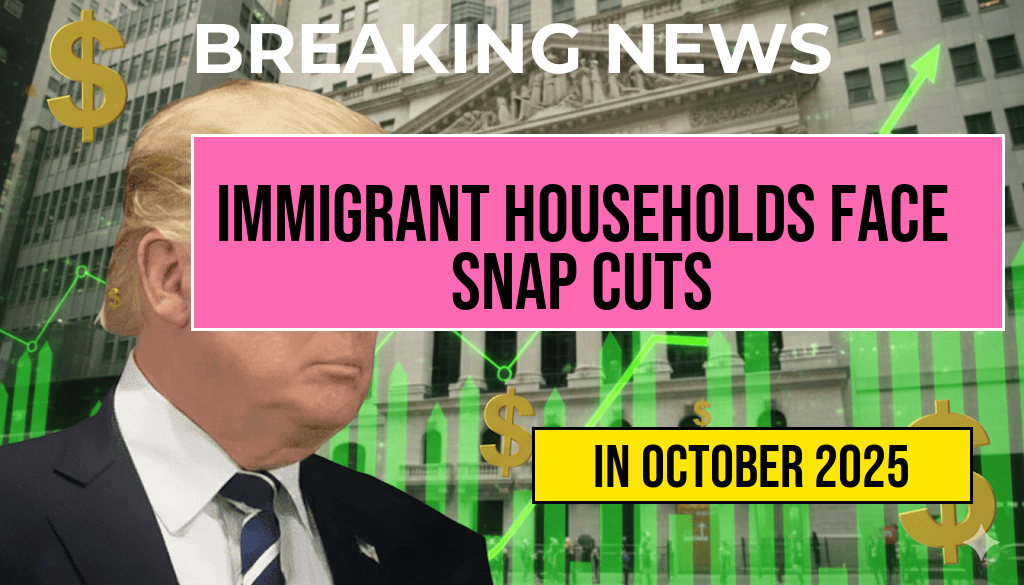As tax season approaches, many Americans are exploring opportunities to maximize their refunds and reduce liabilities. Recent developments reveal that some states are offering residents over $3,000 in potential tax relief, thanks to new legislation, federal stimulus programs, and state-specific incentives. This surge in available relief underscores the importance of understanding local and federal options, especially for taxpayers who may qualify through income thresholds, deductions, or refundable credits. With the landscape shifting rapidly, residents across various states should review whether they are eligible to claim significant savings on their 2023 tax filings. This article breaks down the key factors determining eligibility, highlights states offering the most substantial relief, and provides guidance on how to navigate the complex tax relief landscape effectively.
Understanding Tax Relief and Who Qualifies
What Constitutes Tax Relief?
Tax relief encompasses a variety of government programs designed to reduce the amount of tax owed or provide refunds to qualifying taxpayers. These include federal credits like the Child Tax Credit, Earned Income Tax Credit, and various deductions that lower taxable income. Some states also offer targeted relief, such as property tax exemptions, rebates, or special credits aimed at low- and middle-income households. The amount of relief varies based on income, filing status, dependents, and specific eligibility criteria.
Key Factors Affecting Eligibility
- Income Level: Many relief programs target residents within certain income brackets, typically low- to middle-income earners.
- Filing Status: Single, married filing jointly, head of household, and other statuses influence available credits and deductions.
- Dependents: Taxpayers with children or other dependents often qualify for larger credits.
- State Residency: Only residents of specific states can benefit from state-level relief, which varies widely across the country.
- Specific Circumstances: Some relief programs target particular situations, such as disaster recovery, energy efficiency upgrades, or student debt repayment.
States Offering Over $3,000 in Tax Relief
Top States Leading the Way
While federal programs provide a baseline for tax relief, certain states enhance these benefits or introduce additional incentives, allowing qualifying residents to receive more than $3,000 in total relief. States such as California, New York, Illinois, and Massachusetts have implemented comprehensive relief measures tailored to their populations’ needs.
State-Specific Programs and Incentives
| State | Primary Relief Program | Estimated Maximum Benefit | Eligibility Criteria |
|---|---|---|---|
| California | California Earned Income Tax Credit (CalEITC) | $3,000+ | Income below $30,000; filed with federal EITC |
| New York | Empire State Child Credit & EITC | $3,200 | Income under $50,000; with dependents |
| Illinois | Illinois Earned Income Tax Credit | $3,000 | Income below $41,000; filed jointly or single |
| Massachusetts | Massachusetts Earned Income Credit | $3,400 | Income below $60,000; with qualifying dependents |
Federal Programs Amplifying State Benefits
Federal initiatives, such as the expanded Child Tax Credit and the Additional Child Tax Credit, significantly boost potential relief. For example, the IRS Child Tax Credit can provide up to $2,000 per qualifying child, and when combined with state incentives, total benefits can surpass the $3,000 threshold for eligible families.
Strategies for Maximizing Your Tax Relief
Review Income and Deductions
Taxpayers should gather documentation on income, dependents, and eligible deductions early. Accurate reporting ensures they can claim every benefit they qualify for, including local property tax relief or energy efficiency credits that may not be widely advertised.
Consult State Resources and Professional Advice
Many states provide online calculators or guides for residents to estimate potential relief. Consulting certified tax professionals can also uncover overlooked benefits or recent legislative changes affecting eligibility.
Stay Updated on Legislative Changes
Tax laws are subject to change, especially as new relief measures are introduced in response to economic shifts or disaster recoveries. Following official sources, such as state treasury offices or the IRS, ensures taxpayers are aware of current opportunities.
Additional Resources
- IRS Official Website — For federal tax credits and updates
- Tax Policy Center — For analysis of state-level benefits
- Wikipedia – Taxation in the United States — For comprehensive background information
Frequently Asked Questions
Is my state eligible for over $3,000 in tax relief?
Check the eligibility criteria and specific state programs to determine if your state qualifies for over $3,000 in tax relief. Eligibility varies based on income, filing status, and other factors.
How can I find out if I qualify for tax relief in my state?
Visit your state’s official tax department website or contact a tax professional to get detailed information about qualification requirements and the application process.
What types of tax relief are available for eligible residents?
Eligible residents may receive state-specific credits, deductions, or refunds that can total over $3,000. These can include property tax relief, income tax credits, or special stimulus payments.
When is the deadline to apply for tax relief in my state?
The application deadline varies by state and program. It’s important to check your state’s official deadlines to ensure timely submission and maximize your tax relief benefits.
Can I receive tax relief if I missed the initial application period?
Some states offer late application options or additional relief periods. Contact your state tax agency or a tax professional to explore possible options if you missed the original deadline.






